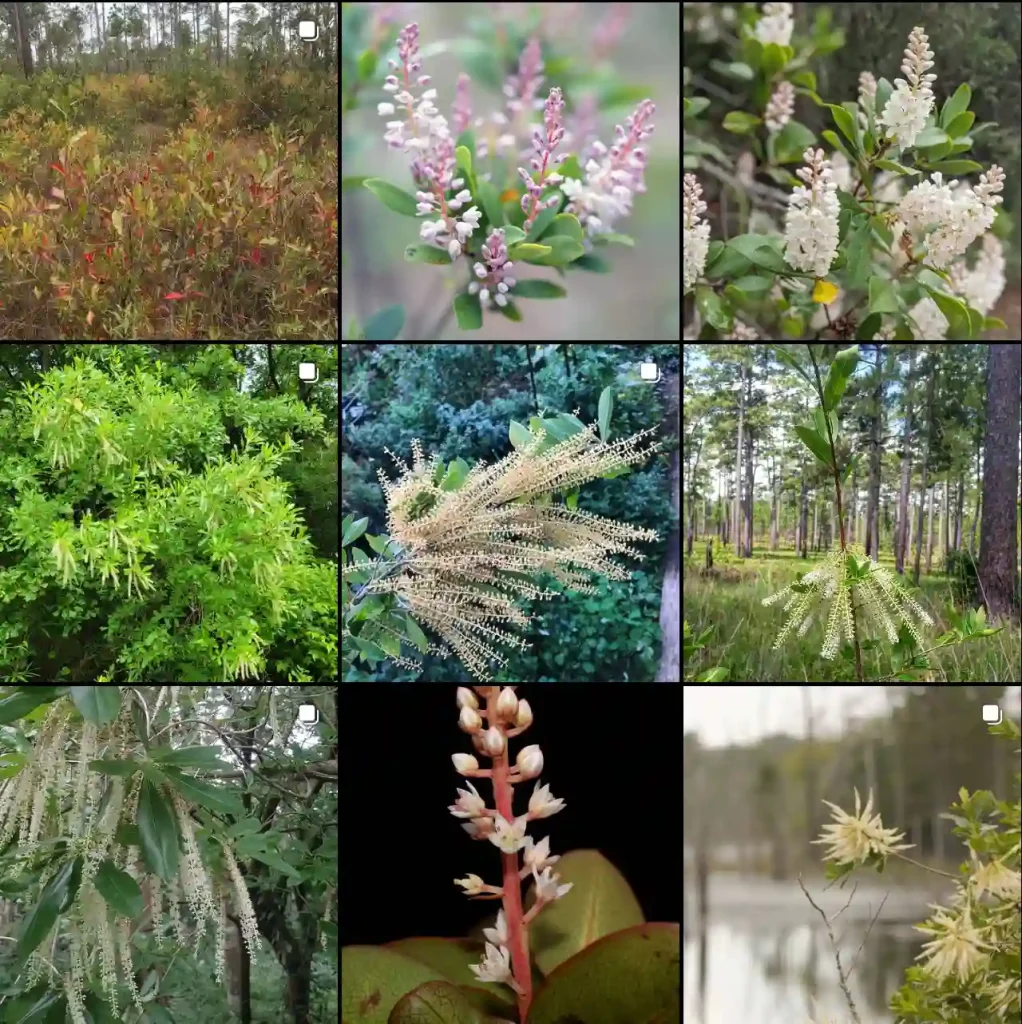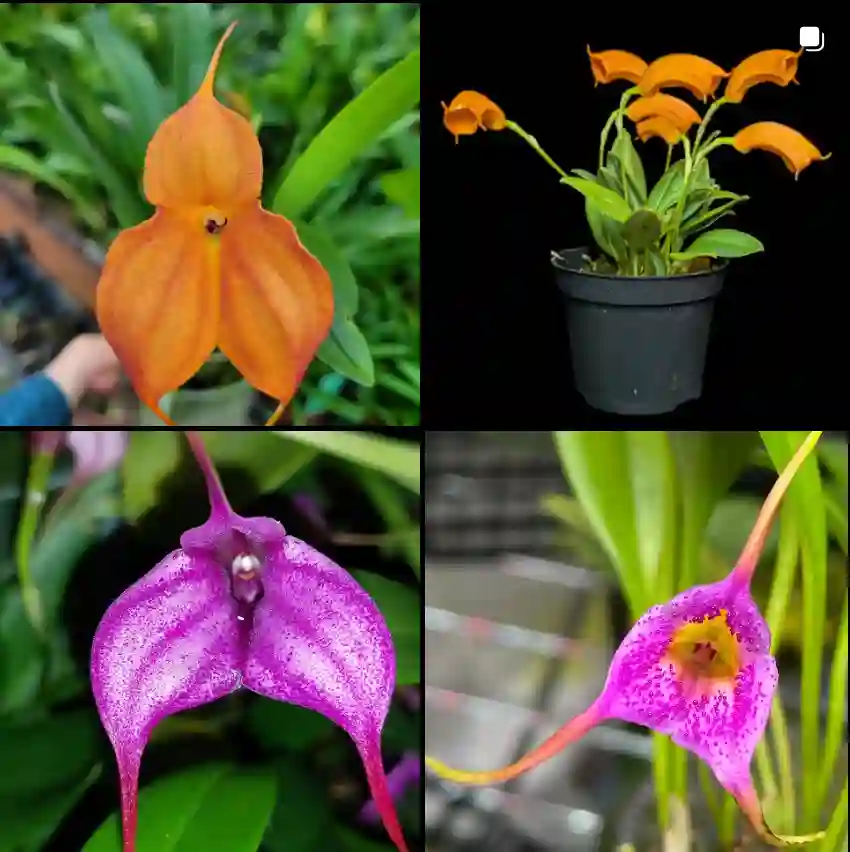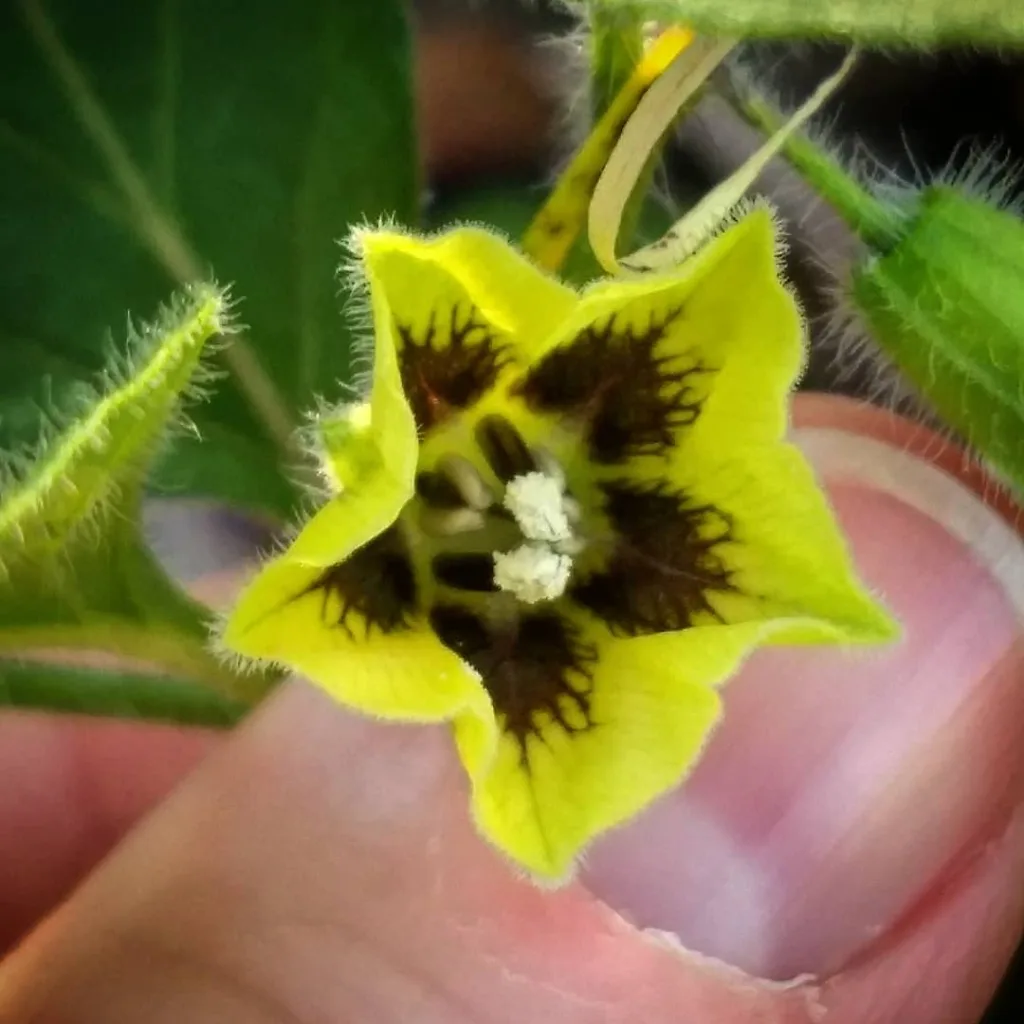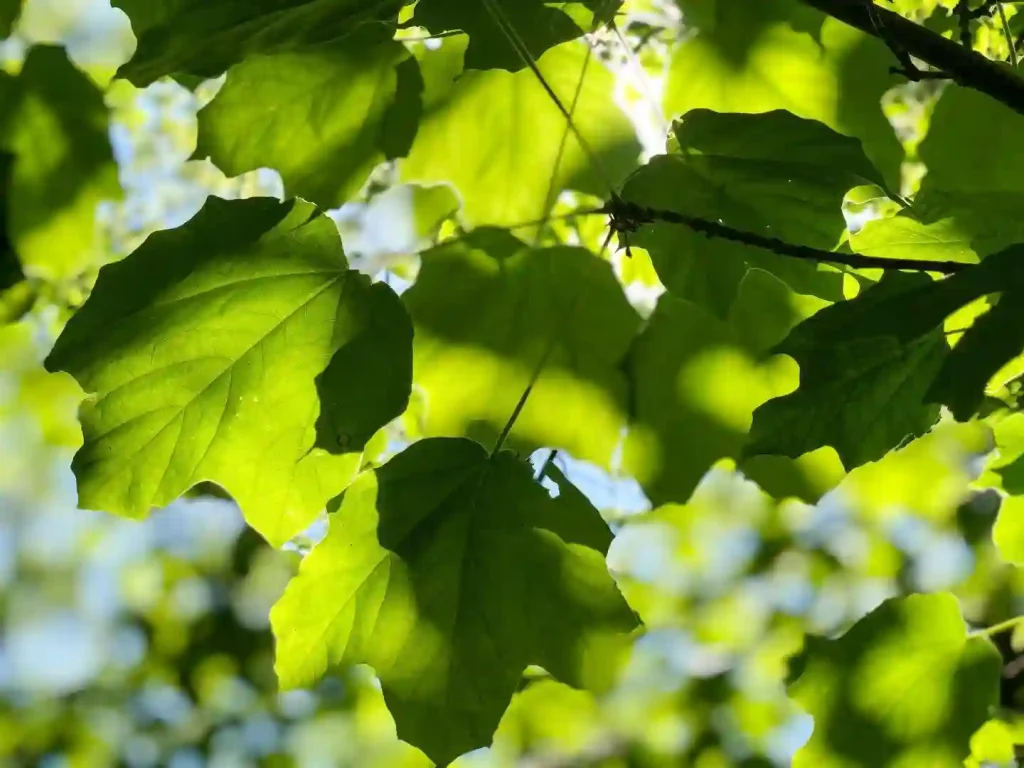Hosta Queen Josephine: A Shade-Loving Showstopper – FAQs by Ferb Vu
For those seeking a shade garden superstar, look no further than Hosta Queen Josephine. This captivating perennial boasts stunning foliage and delicate blooms, adding a touch of elegance to any landscape. Over the years, I’ve fielded many questions about this beauty. So, I’m here to shed some light on the Queen and address some common inquiries.
31 Species in Genus Hosta
What Makes Hosta Queen Josephine Special?
Queen Josephine is a sport, a natural mutation, of the popular Hosta ‘Josephine’. It stands out with its:
- Lustrous Leaves: The foliage emerges a deep, glossy green in spring, framed by a vibrant yellow margin. As the season progresses, the yellow softens to a creamy white, creating a stunning bicolor effect.
- Vigorous Growth: This is a fast-growing hosta, forming a dense, clumping structure that reaches a mature size of 17 inches tall and 42 inches wide.
- Sun Tolerance: Unlike many hostas, Queen Josephine can handle a bit more sun, particularly in cooler climates. In warmer regions, partial shade is ideal.
- Lavender Blooms: In mid to late summer, delicate lavender-blue flowers rise on tall scapes, adding a touch of whimsy to the lush foliage.
How to care for Hosta Queen Josephine?
Planting Queen Josephine is a breeze. Here’s what you need to know:
- Timing: Early spring or fall is the best time to plant.
- Location: Choose a spot with partial shade to full shade. Morning sun is acceptable, especially in cooler climates. Avoid harsh afternoon sun.
- Soil: Rich, moist, well-drained soil is key. Amend your soil with compost or organic matter if necessary.
- Spacing: Plant individual hostas 24-36 inches apart to allow for mature growth.
- Watering: Keep the soil evenly moist, especially during the first growing season.
- Feeding: A light application of slow-release fertilizer in early spring is beneficial.
- Mulching: Apply a 2-3 inch layer of mulch around the base of the plant to retain moisture and suppress weeds.
How much sun can Queen Josephine tolerate?
Compared to other hostas, Queen Josephine has a higher tolerance for sun. In cooler climates, it can handle a few hours of morning sun. However, in warmer regions, prioritize partial shade with protection from the afternoon sun.
Does Queen Josephine attract deer?
Fortunately, deer tend to find hostas unappealing. The foliage contains saponins, which deer find distasteful.
Does Queen Josephine have any pests or diseases?
The biggest threats to Queen Josephine are slugs and snails, which can munch on the leaves. Regularly monitor your plants and use organic control methods like handpicking or beer traps.
Can Queen Josephine be divided?
Absolutely! Division is a great way to propagate new hostas. The ideal time for division is early spring or fall. Simply dig up the clump, carefully separate the sections, and replant them in new locations.
How does Queen Josephine compare to Hosta Francee?
Both Queen Josephine and Hosta Francee are popular variegated hostas with creamy white margins. However, there are some key differences:
- Size: Queen Josephine is a medium-sized hosta, reaching 17 inches tall at maturity. Hosta ‘Francee’ is slightly larger, reaching 24 inches tall.
- Sun Tolerance: Queen Josephine can handle more sun than Hosta ‘Francee’, which prefers full shade.
- Leaf Shape: Queen Josephine has ovate to heart-shaped leaves, while Hosta ‘Francee’ has slightly elongated, lance-shaped leaves.
The Final Word
Hosta Queen Josephine is a low-maintenance, shade-loving gem that adds a touch of sophistication to any garden. With its captivating foliage and delicate blooms, it’s no wonder this hosta reigns supreme. So, if you’re looking for a reliable performer that thrives in the shade, look no further than Queen Josephine.
If i die, water my plants!



